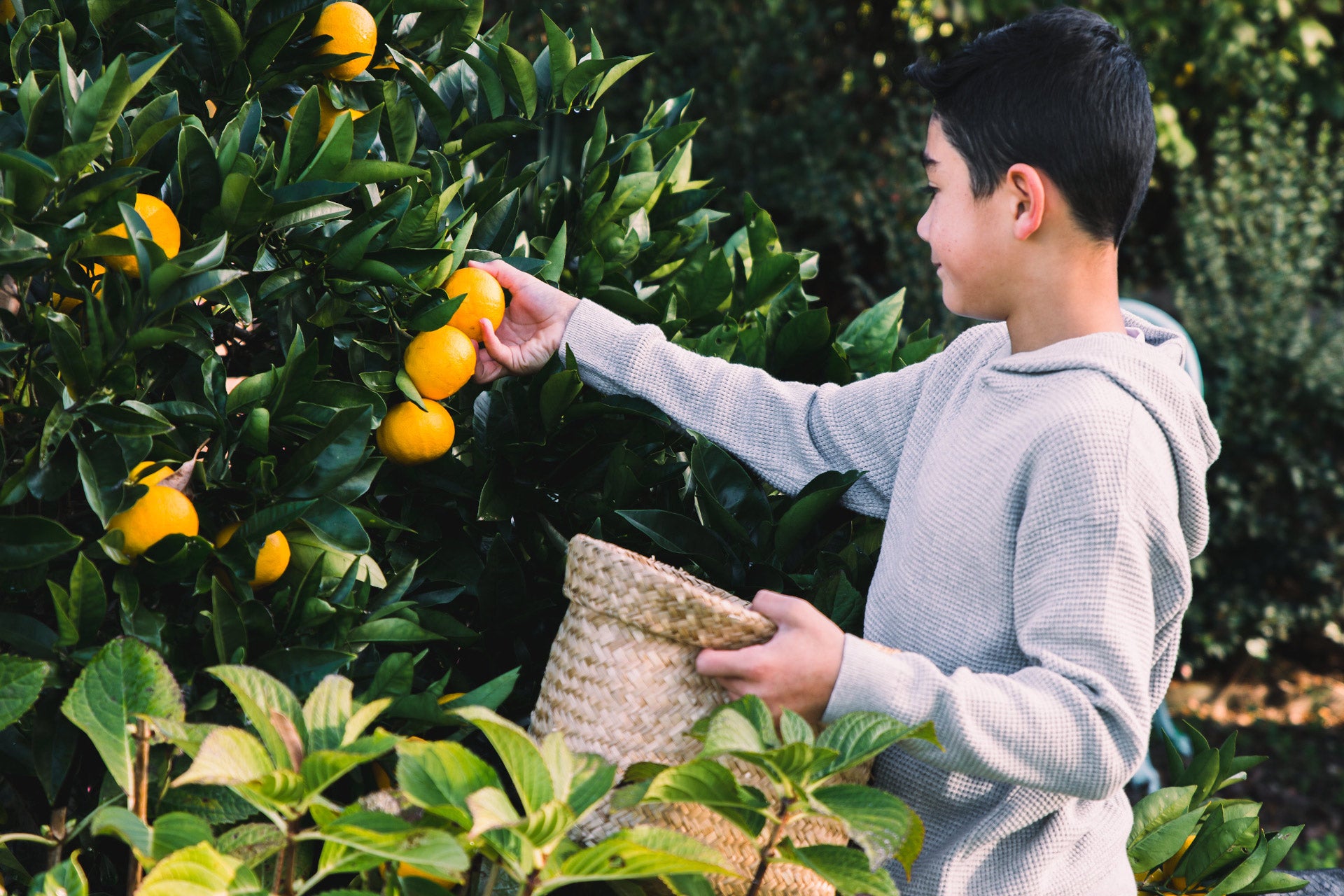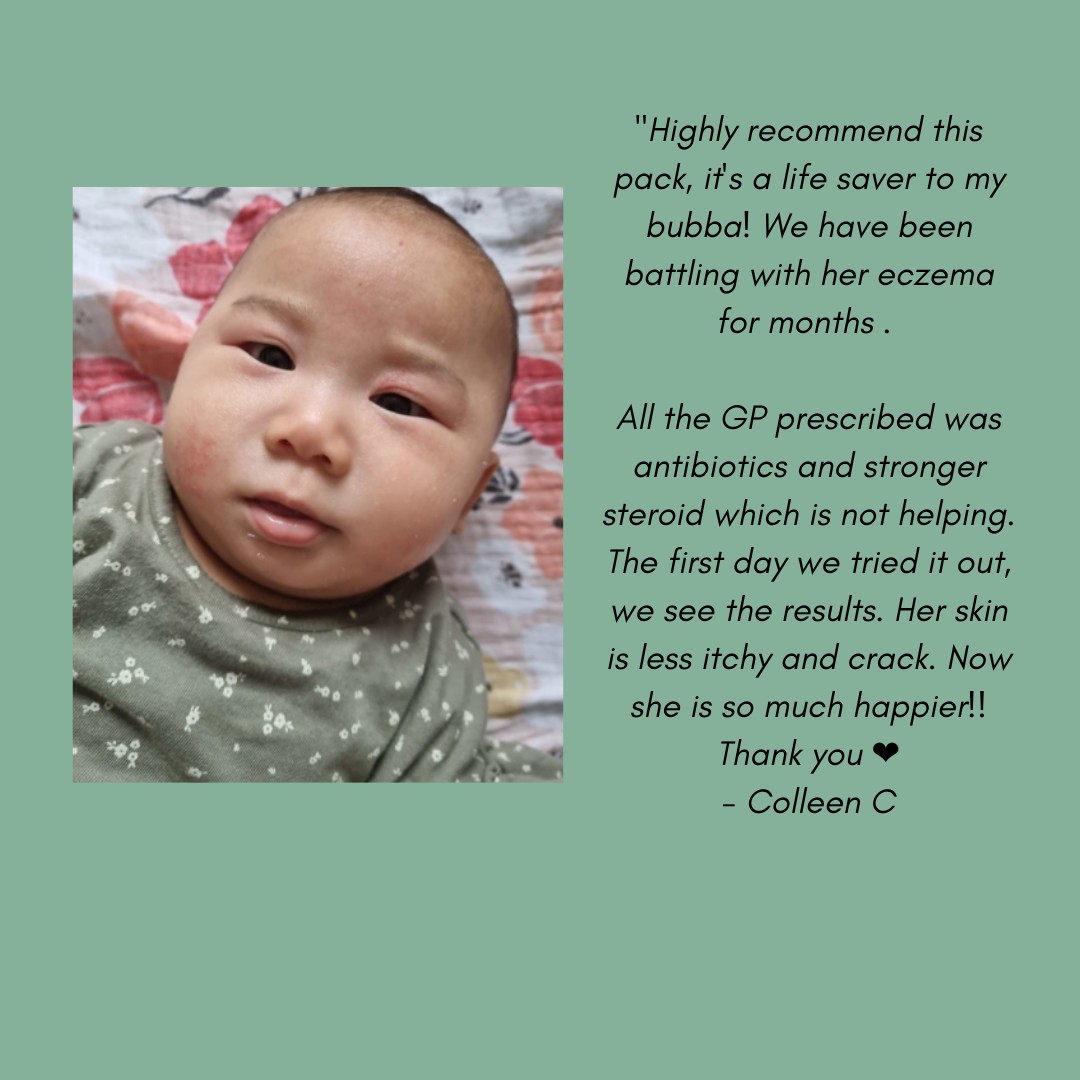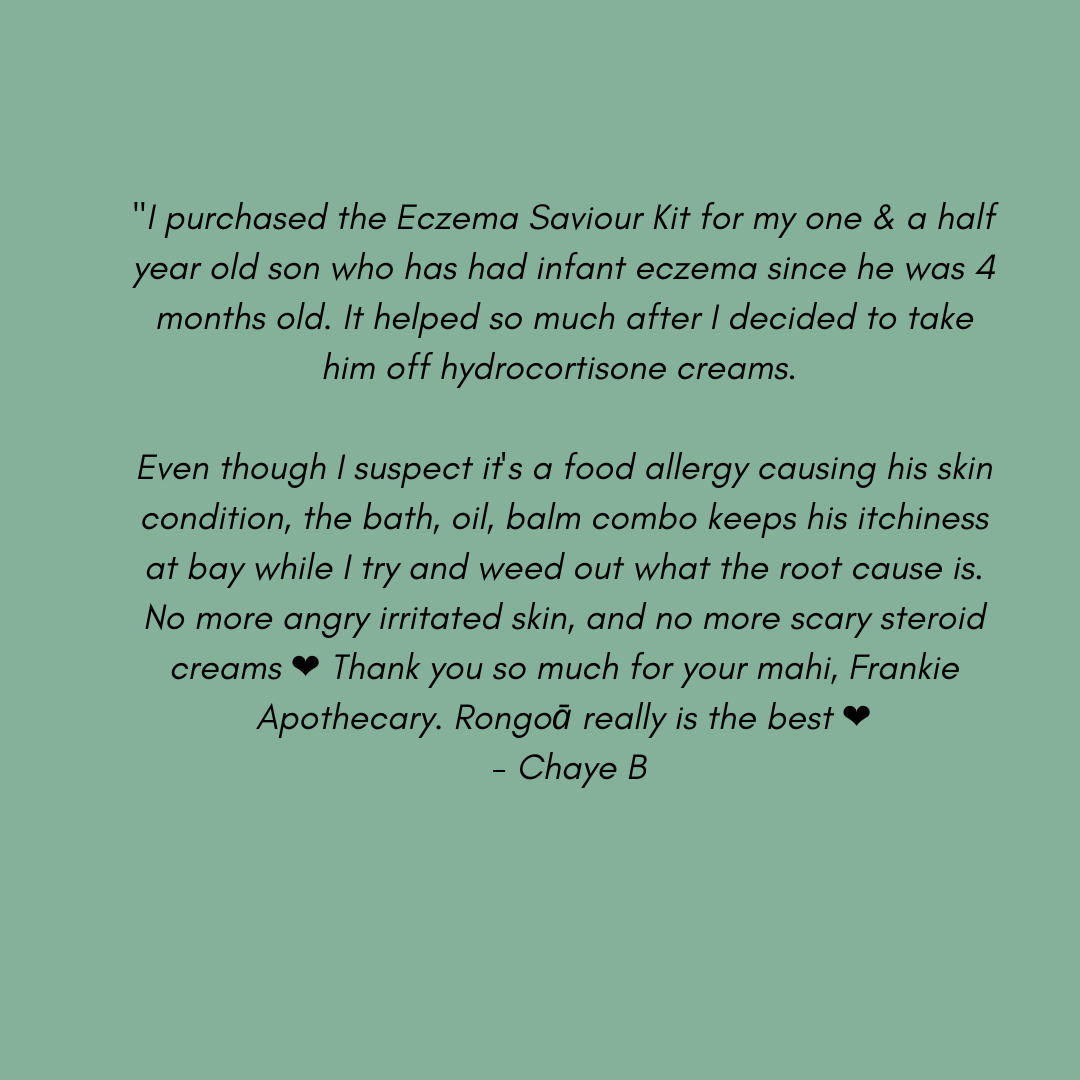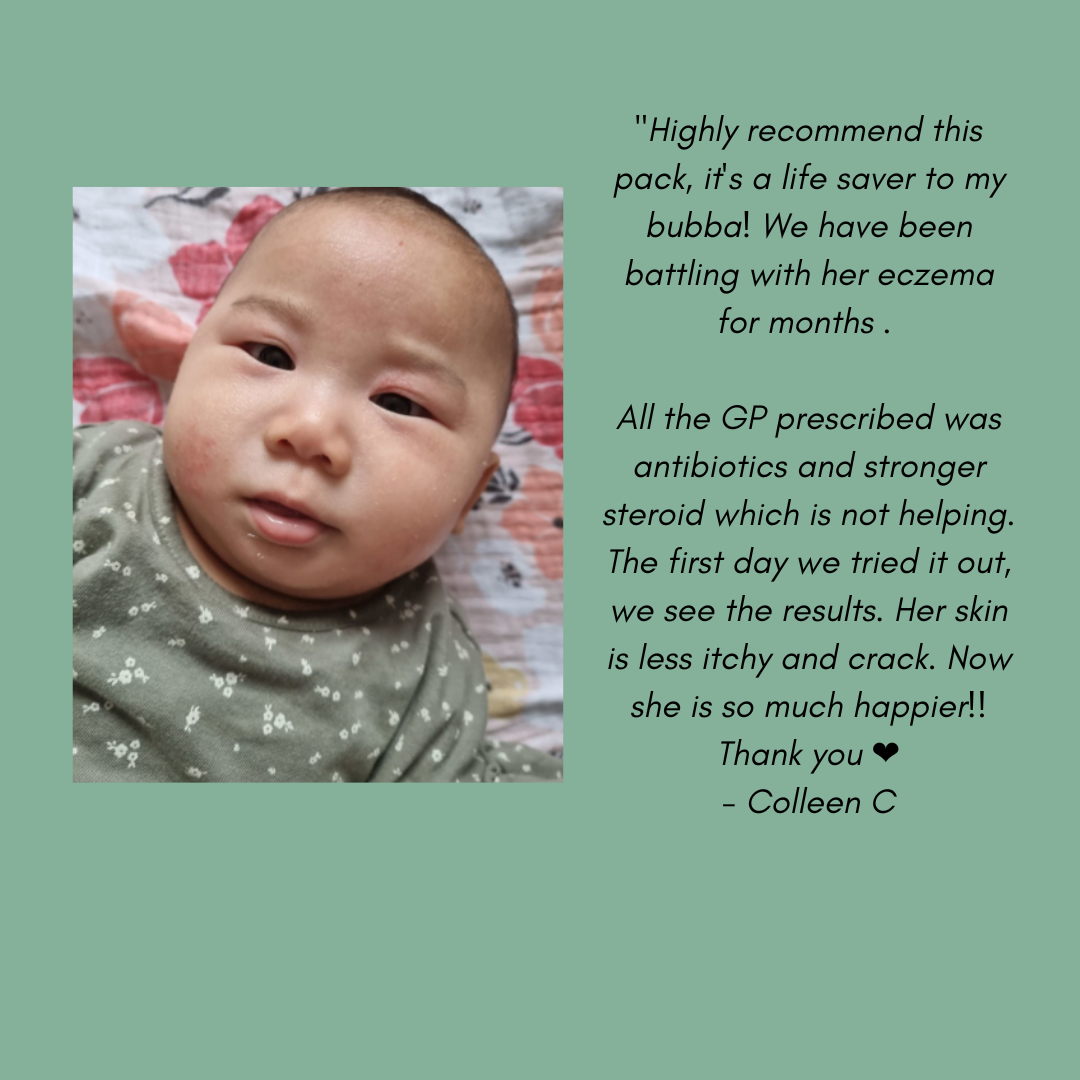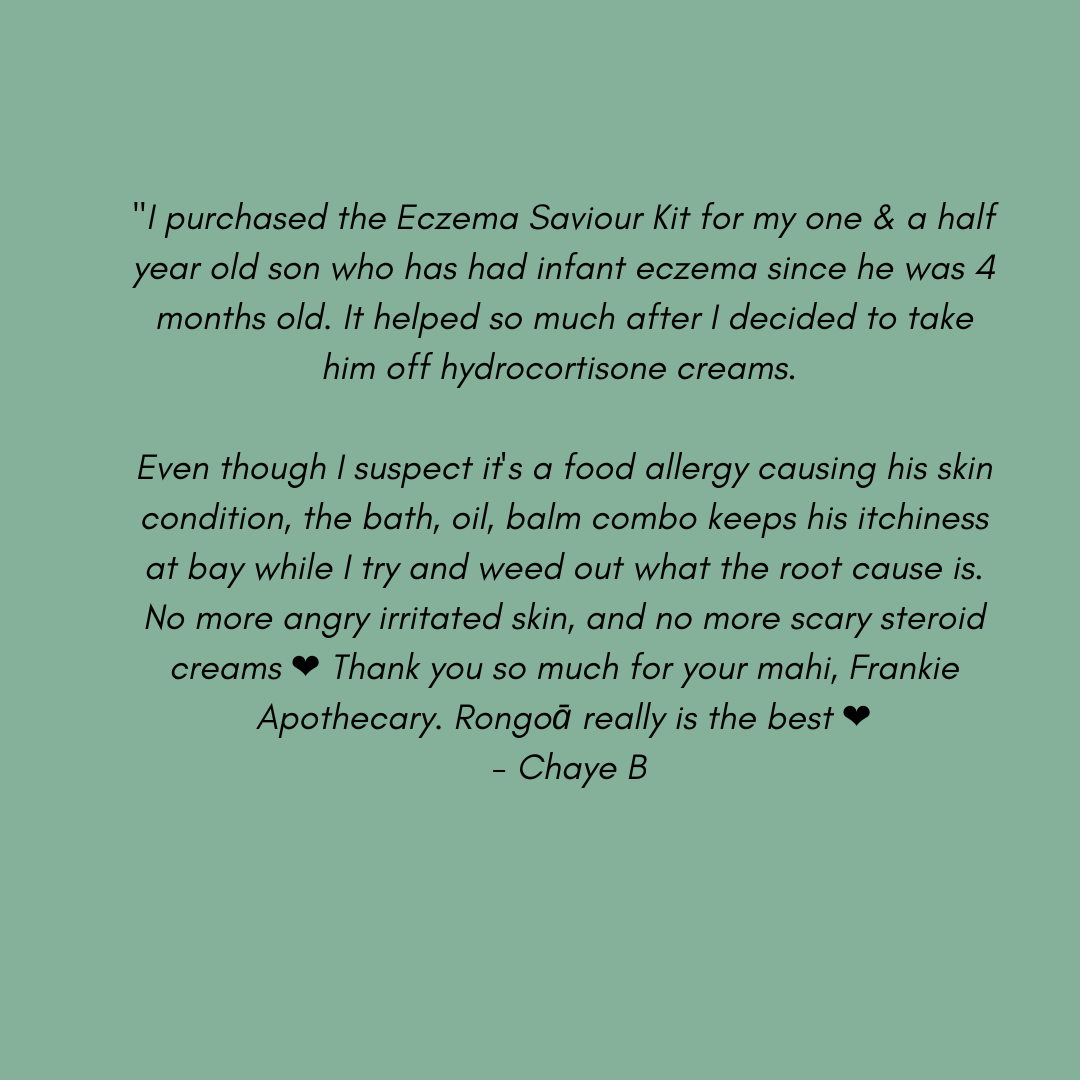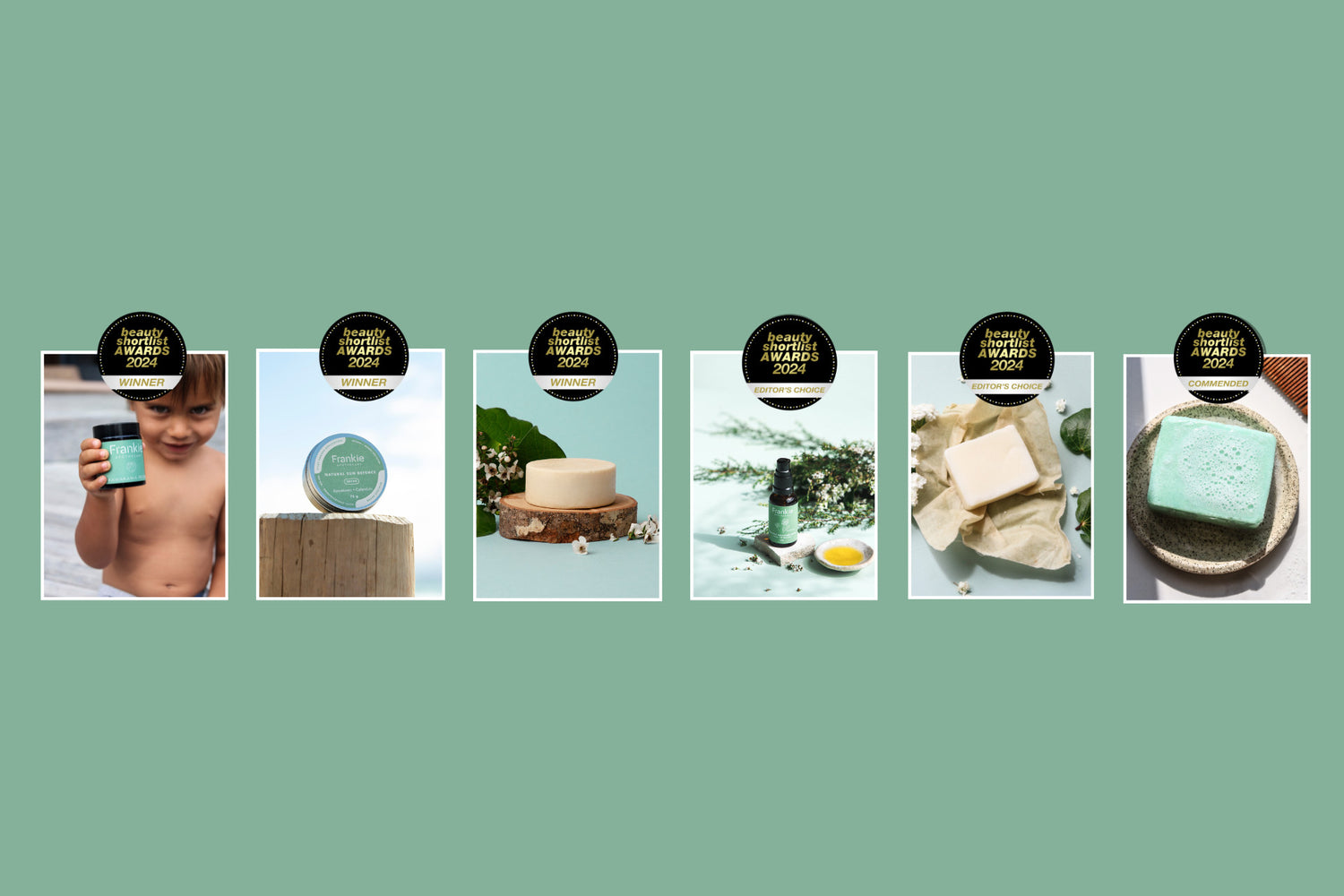Manawatia Matariki!
Wishing you all the very best for the year ahead!
Over the past few years our whānau has celebrated Matariki in different ways. We’ve planted new Kawakawa plants, marked it at my daughter’s kura with dawn karakia, waitata and kai; and celebrated my nephew’s birthday which fell on the first national holiday last year, complete with the best birthday cake ever.

Discovering the Maramataka
Matariki is the group of the beautiful whetu (stars, named by the Greeks as Pleiades) whose rising signifies the start of the new year.
When you begin to seek more understanding about why Matariki is a special time of year in Aotearoa, it can often begin a journey to understand the Maramataka, the Māori lunar calendar, where Matariki features as a pivotal point in the seasons for both people and nature.
The Maramataka is an ancient system that guided our ancestors through the different seasons of the year, where the rising of various whetu in our Southern skies signal the beginning of each month.
Through careful observation over centuries, our Tīpuna discovered that different days of the Maramataka brought different levels of energy, which makes certain times suitable for some activities - and less suitable for others. It makes sense to me that because tangata (people) are made largely of water, we can also be influenced by the waxing and waning of Marama (the moon).
The Maramataka is widely used by gardeners or people gathering kai moana as it helps us understand which days are best for planting and work in the mara (garden) and which are likely to bring successful fishing.
The Maramataka also signifies certain days as best for self-care, and to give back to Papatūānuku.
It's a beautiful thought that a centuries-old way of living in harmony with the natural world is still beneficial today - and accessible for anyone interested due to the many generous elders and teachers who provide resources to help us align our activities with Marama's phases.
Our team has been exploring some wonderful books and courses, so we thought we’d share a few that you may find helpful on your Maramataka journey too. Keep in mind, the Maramataka can vary slightly depending on tribal affiliations, so the names for days and months can differ.
There are lots of incredible people out there sharing mātauranga, this short list is just a handful we have enjoyed learning from - please do add your recommendations in the comments section below - we’d love to discover them too.
Maramataka Māori – Planning by the Maramataka workshop
by Heeni Hoterene
This workshop was super practical, and we loved how Heeni Hoterene (Ngāti Hine, Nā Puhi, Ngāti Raukawa ki te tonga, Ngāi Tahu) related it back to day-to-day activities - like when meetings are most productive, which days communication is more likely to be effective, and days of the Maramataka best suited to high energy projects. Heeni recommends a journal to track your experience with the Maramataka.
One simple way Heeni suggests that can illustrate how Marama affects the mara (garden) is to plant a seed on Whiro (new moon) and another during the full moon phase, Oturu or Rākaunui and compare growth and overall health of the seedlings after a few weeks. This is our experiment for next month!
Check out the great Maramataka calendar on her site Maramataka Māori. You can find Heeni’s courses over at Maramataka Māori.
Living by the stars
by Dr Rangi Matamua.
Officer of the New Zealand Order of Merit, and this year’s New Zealander of the year, Dr Rangi Matamua (Tūhoe) shares so much valuable information about Matariki on his site Living with the Stars and his social platforms.
His depth of knowledge is astronomical, literally. Lots of history, background info and knowledge of the cosmos for those who want to dig deep. His webseries on Matariki, outlining each of the stars and their significance, is fantastic. There’s even a waiata to help you remember the appearance of different whetu that signal the beginning of each month.
Living by the Moon
by Wiremu Tawhai
Living by the Moon discusses the Maramataka and the way the days and nights were understood according to Te Whānau-ā-Apanui (Te Tairawhiti) tribal knowledge. Te Whānau-ā-Apanui ancestors were dependent on the environment, and this led them to closely study the changes and cycles in nature so they could ensure their survival in their tribal area.
I am Ngāti Porou so this one is on my list as it’s super relevant for Tairawhiti (the East Coast region).
Learning to live by the Maramataka
by Ayla Hoeta
Ayla Hoeta (Tainui/ Ngāti Tahinga) works in community and social innovation. She wrote a wonderful monthly series on Maramataka for Ātea. You can browse her articles for each month here.
Intro to the Maramataka, Online course & Stationary
by Tuhi Stationary
Our friends over at Tuhi have created a great online resource for anyone wanting to understand more about the Maramataka and how to apply it to daily life. Their journals and flip charts are a really handy way to see the Maramataka and the Gregorian calendar side by side, to help keep track of where you are in the month and plan you life accordingly.
We’d love to hear your experiences with the Maramataka and be able to share resources you’ve found helpful on your journey. Comment below with tips and discoveries.
Wishing you all the best for the year ahead e te whānau!
Ka mahuta a Matariki i te pae, ka mahuta ō tātou tūmanako ki te tau.
(When Matariki rises above the horizon, our aspirations rise to the year ahead.)
Learn more about wellbeing tips for Matariki and things you can do to mark Matariki.


